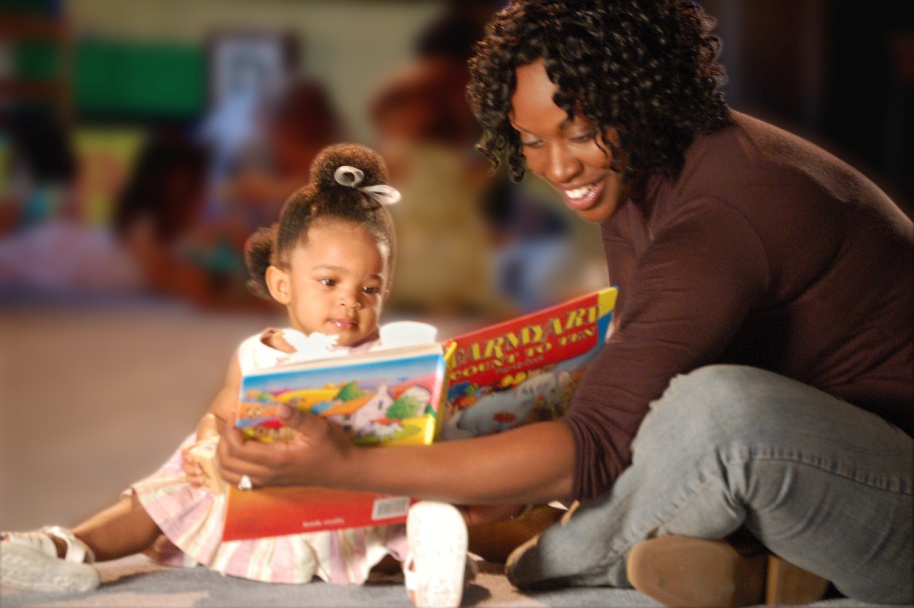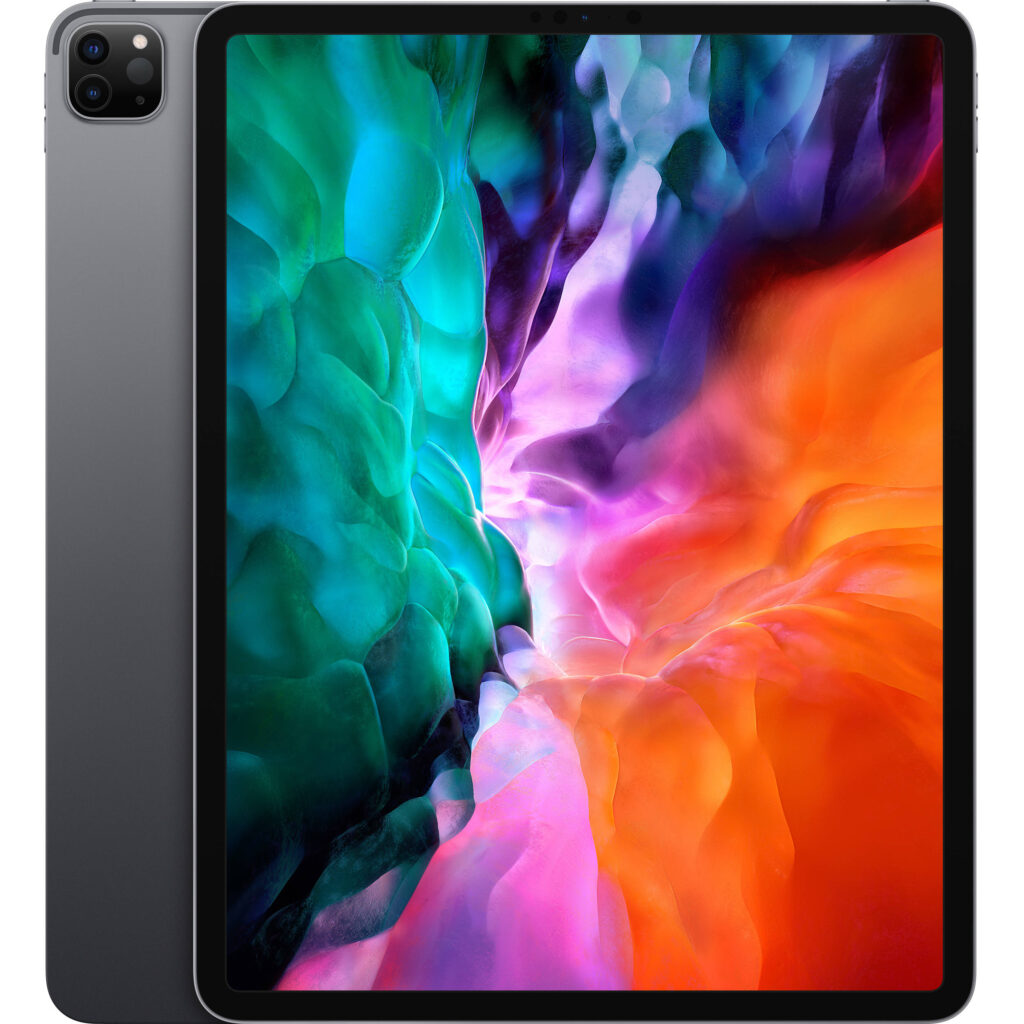Educational programs, whether it be classes for toddlers or preschool education, tend to focus on a child’s educational and socioemotional skills. These skills are extremely crucial for our kids at this stage of development, but researchers are also finding that movement is becoming just as critical.
With the ever-evolving world of technology and the screens they are on, it is hard for caregivers and teachers alike to encourage activity in kids to get them away from the screens. The American Academy of Pediatrics recommends that children aged two to five years old should limit their screen time to one hour per day. So, how can we impart healthy habits to our children and improve their performance in early childhood education? Through movement!
The Case For Movement in Educational Programs
There is plenty of research supporting movement and learning is connected, but for an educator, it is hard to facilitate in an age where the core curriculum trims physical activity and budget cuts are being made. Many times, a decision has to be made between a second recess or math. The beautiful thing about movement is it doesn’t have to be recess, it can be as simple as getting the kids up from their and moving around.
“we want your child to thrive in an environment that includes a healthy dose of movement throughout the day!” Tiny Footprints
The Brain and Movement in Early Learning
The cerebellum is a structure that sits at the base of the brain and it is roughly the size of a fist. As it turns out, it contains half of the brain’s neurons. It is one-tenth the size of the brain and nearly all the neurons are outbound, influencing the rest of the brain. Remarkably, the same part of the brain that processes learning also processes movement!
It is also observed that the brain requires oxygen to function, and movement helps support enhanced blood flow that helps get to the brain.
Anatomically, the inner-ear and cerebellar systems are the first sensory system to be cultivated, which support movement and balance. When these systems are activated and given the opportunity to further mature, it helps kids in reading and activities that require attention.
Movement Applications in School
Not only does movement shape the body and the fluidity of muscles, heart, bones, and lungs, but it also frames the development for key regions in the brain such as the corpus callosum, basal ganglia, and cerebellum. Movement aids in the connections between neurons and even in creating new ones, thus a child will benefit from an increased memory, improved cognition, and positive mental health.
Creating an Optimal Early Learning Environment
The movement and activity of children continues to decline as their screen time increases, and the US childhood obesity rate confirms that. It’s hard to rectify the once highly held standard that children should sit and be quiet. While there is a time and place for that, kids need the ability to move around and get their blood pumping — if only to benefit their brain!
Creating a learning environment where movement is encouraged fosters an optimal early learning environment. It helps kids destress and refocus on what they are doing, and it aids in cognitive health and mental well-being.
When movement is a part of a child’s school day, it will only improve the development of the child and the classroom environment. It gives everyone a chance to reset, oxygenate their blood and brain, and return refreshed and ready to keep learning!



